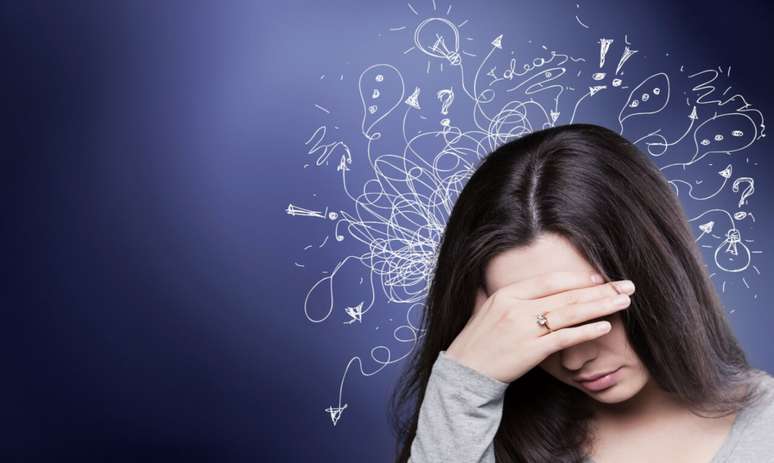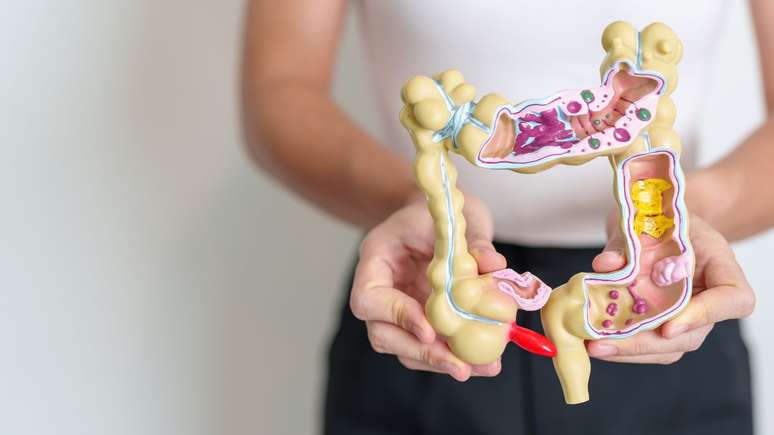Anxiety can become disabling, so it’s important to know how to apply strategies that control symptoms
Anxiety is an increasingly recurring problem among the world’s population. The problem is even greater in the national territory, given that Brazil is considered the most anxious country in the world. About 9.3% of Brazilians suffer from the disease, according to the World Health Organization (WHO).
html[data-range=”xlarge”] figure image img.img-eb472b97f4786168b975b965939b07bb5d8x6f9k { width: 774px; height: 463px; }HTML[data-range=”large”] figure image img.img-eb472b97f4786168b975b965939b07bb5d8x6f9k { width: 548px; height: 328px; }HTML[data-range=”small”] figure image img.img-eb472b97f4786168b975b965939b07bb5d8x6f9k, html[data-range=”medium”] figure image img.img-eb472b97f4786168b975b965939b07bb5d8x6f9k { width: 564px; height: 337px; }
According to Dr. Karen Valéria da Silva, psychology coordinator at Docway, anxiety disorders have proliferated due to the hectic routine many people currently lead, with the pressure to multitask. Furthermore, the pandemic period we are experiencing has intensified the symptoms of these ailments, even physical ones.
However, it is crucial to understand the difference between common anxiety and anxiety disorders. “Anxiety is a natural function of the body and we all experience it at certain times. It prepares us to fight or flee in situations of imminent danger. But when anxiety becomes dysfunctional, causing damage to the individual’s life, it is necessary to investigate with a mental health professional to evaluate the diagnosis of a disorder,” he explains.
When does anxiety become a problem?
The main symptoms of anxiety concern cognitive and physiological aspects, including tremors, sweating, frantic thoughts, muscle tension, gastrointestinal disorders, irritability and sleep disturbances, among others. However, when it comes to diagnosis, we need to consider the difference between a trait and a disorder.
“The traits refer to isolated symptoms that meet some diagnostic criteria, but are not sufficient to characterize an anxiety disorder. The diagnosis of the disorder must take into account the combination of symptoms, frequency, intensity and clinically significant distress”, points out the psychologist.
When it comes to effective treatments and approaches for anxiety, cognitive and behavioral therapies are considered the gold standard, with the most scientific evidence and most likely to result in symptom remission. An example of this approach is Cognitive Behavioral Therapy (CBT).
In addition to therapy, Dr. Karen Valéria suggests 10 tips for dealing with anxiety symptoms in everyday life. Watch:
10 strategies for coping with anxiety
1. Manage thinking. Identify the triggers and types of thoughts that dominate moments of anxiety to understand why that environment or situation causes it.
2. Practice physical exercises. The practice of physical activity is one of the pillars of good mental health, as it generates an important physiological response for the body.
3. Practice mindfulness. Focus on the present, understand that what you are doing must have a beginning, middle and end, and surrender completely to the activity of the moment.
4. Use relaxation techniques. Look for a technique that works for you, figuring out what really turns you off and calms you down. An example would be meditation.
5. Control your breathing. “Short” breathing, common in anxiety attacks, contributes to the maintenance of physiological symptoms. Among the techniques recommended to control seizures is diaphragmatic breathing, in which the individual should pay attention to their breathing and identify the inhalation and exhalation movements, placing the hand on the abdomen and thoracic region.
6. Avoid the use of stimulants. Coffee and energy drinks, for example, can worsen anxiety and sleep quality, so it’s important to avoid them or consume them in moderation.
7. Do sleep hygiene. A good night’s sleep promotes a productive next day, which also helps control anxiety. Techniques include creating a bedtime routine and avoiding cell phone use in bed.
8. Establish a healthy routine. Prioritize your routine tasks with time to come true and manage your time visually, in order to avoid feeling unproductive. Remember: a healthy routine is one that can be achieved.
Source: Terra
Ben Stock is a lifestyle journalist and author at Gossipify. He writes about topics such as health, wellness, travel, food and home decor. He provides practical advice and inspiration to improve well-being, keeps readers up to date with latest lifestyle news and trends, known for his engaging writing style, in-depth analysis and unique perspectives.







-qhl2q32de4ok.jpg)
